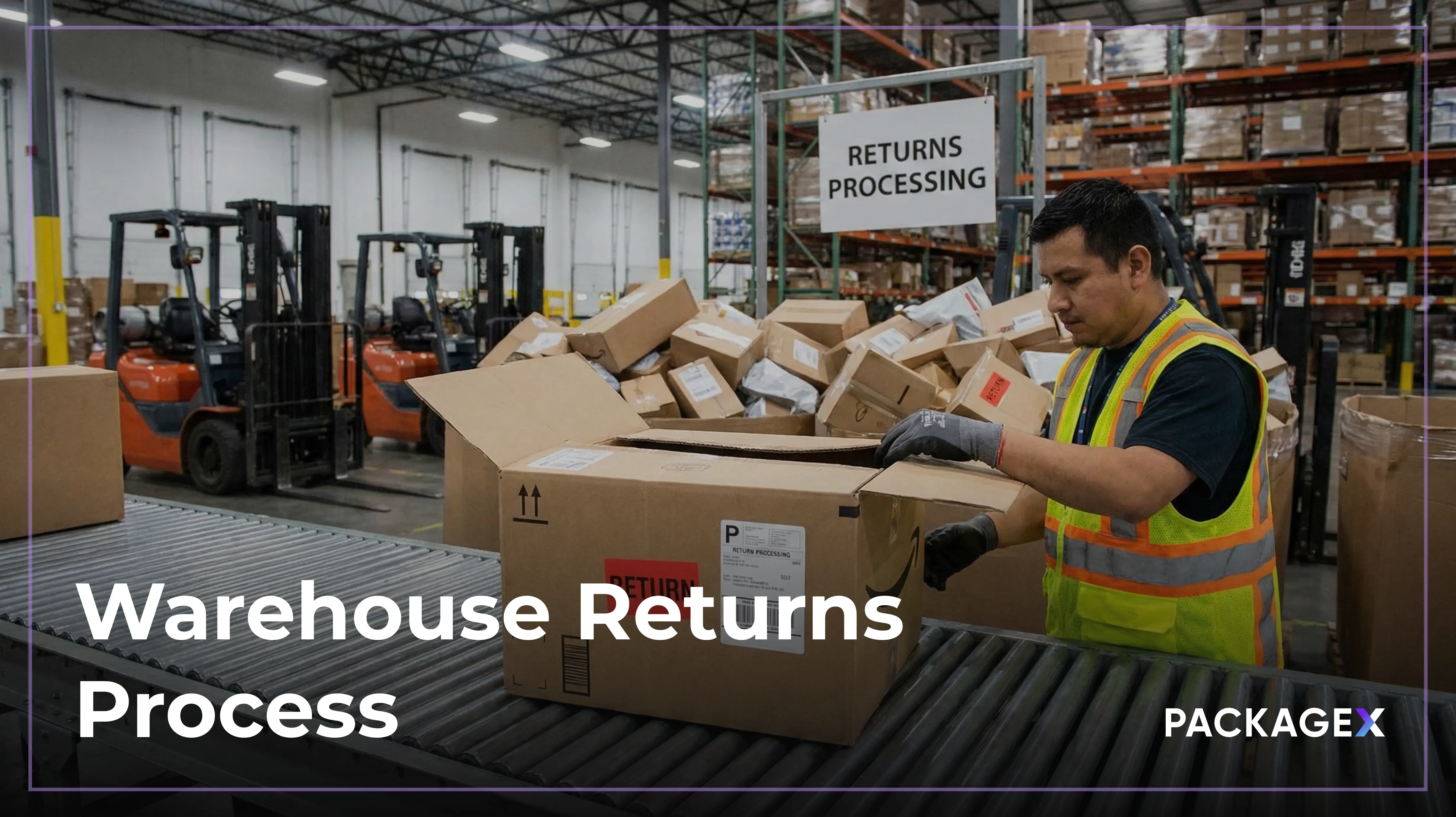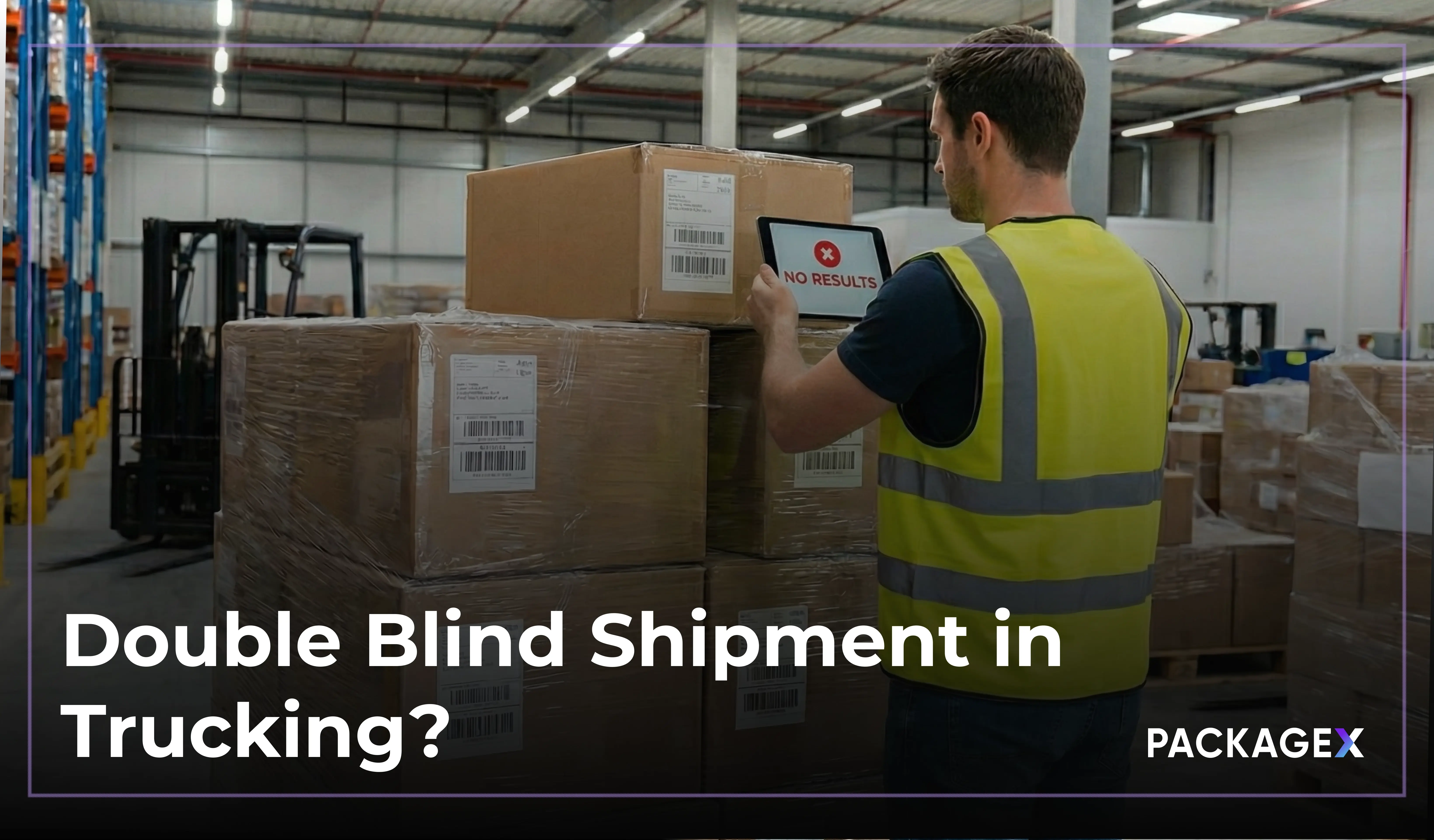In automotive manufacturing, a single missing component can halt assembly lines that cost up to $50,000 per minute to operate.
But here's what automotive learned that electronics manufacturers are still figuring out, when you're managing thousands of tiny components across complex BOMs (Bill Of Materials), traditional warehouse systems aren't built for the precision you need.
Electronics OEMs face an even more complex challenge. While automotive deals with hundreds of parts per vehicle, electronics manufacturers manage thousands of components per product. A smartphone contains over 1,000 individual parts. A server motherboard can have 2,000+ components. Miss one resistor, one capacitor, one chip - your entire production run stops.
Electronics recalls represent 29% of all US product recalls, with poor component traceability forcing manufacturers into million-dollar over-recalls.
Most electronics OEMs know the pressure of effective warehouse management intimately. Your warehouse doesn't just store inventory - it feeds production lines that can't afford to stop, handles components measured in millimeters, and manages traceability requirements that can make or break your business.
Why Your Current Setup is Broken
Two problems kill OEM warehouse operations:
Missing Parts = Stopped Lines
Missing one component stops everything. I've watched facilities with perfect inventory management systems on paper scramble for hours looking for critical parts.
The difference between retail and manufacturing? In retail, missing inventory disappoints customers. In manufacturing, it costs millions per hour.
Large operations manage millions of components across multiple facilities. Without real visibility into where every part is right now, you're operating blind. Problems compound before you see them coming.
Systems That Don't Talk
You've invested in ERP, MES, PLM, and MRP systems. Your assembly lines run Just-in-Time delivery. Everything depends on perfect coordination.
Then you get a warehouse system that can't talk to any of them.
When your WMS can't handle Engineering Change Orders from PLM or sync with production schedules, you create bottlenecks instead of solutions. Data gets inconsistent. Wrong components reach the line. Electronics recalls represent 29% of all US recalls, averaging over $1 million each.
What Makes Manufacturing WMS Different
Retail warehouses ship boxes. Manufacturing warehouses feed production lines that can't stop.
BOM Management That Gets Manufacturing
Your WMS needs to understand that finished products contain sub-assemblies, which contain components, which have their own parts.
When Engineering Change Orders hit, the system must instantly know which components are obsolete, which new parts need ordering, and exactly when the changeover happens on the line.
Look for: Component substitutions, phase-in/phase-out scenarios, complete BOM revision traceability.
Component Traceability That Prevents Recalls
You need visibility into every component's journey from supplier through final assembly. When a supplier reports quality issues with a specific lot, identify every affected assembly within minutes.
Essential for: Automotive (IATF 16949), aerospace (AS9100), medical devices (ISO 13485).
Real-Time Production Integration
Your WMS must integrate with MES and production scheduling for Just-in-Time delivery. When workstations run low on components, automatic replenishment triggers before lines stop.
Advanced features: Kanban replenishment, supermarket management, point-of-use delivery.
Manufacturing-Specific Features You Need
Smart Kitting Operations
Retail logistics warehouses pick individual items. Your operation needs sophisticated kitting. The system gathers all BOM components, verifies quantities and revisions, delivers complete sets to assembly lines.
Handle both: Standard kits for repetitive assemblies, custom kits for engineer-to-order products.
Modern integration facilities eliminate thousands of manual labor hours with smart receiving and advanced kitting workflows. Complex component management transforms from headache to competitive advantage.
Quality Control Integration
Quality checkpoints throughout warehouse workflow. Automatic material flagging for inspection. Blocked lots can't reach production until QC approval.
Captures: Inspection data, non-conformance reports, complete compliance documentation.
Vendor-Managed Inventory
Many OEM operations use consignment stock where suppliers maintain parts at your facility. Tag inventory by ownership, track usage, generate consumption reports for supplier replenishment.
Reduces: Carrying costs while ensuring continuous critical component supply.
Choosing Your OEM WMS
Cloud vs On-Premise
Cloud benefits: Flexibility across multiple plants, lower upfront investment, easier integration with modern systems.
On-premise needs: Aerospace, defense, highly regulated industries requiring security compliance.
Most manufacturing operations today need cloud agility for quick adaptation to engineering changes while maintaining production integration depth.
User-Friendly for Manufacturing Teams
If warehouse teams can't use the software effectively in fast-paced manufacturing, you've wasted your investment.
Choose systems that: Feel intuitive for workers kitting parts and handling quality holds. Work seamlessly with mobile devices and scanners. Require minimal training time.
Calculate Manufacturing ROI
Factor in: Implementation, licensing, manufacturing system integration, ongoing support.
Typical savings: Automated kitting, reduced picking errors, prevented line stoppages.
Best OEM WMS solutions pay for themselves within the first year through reduced downtime and improved efficiency.
Remember: Preventing one major production delay can justify the entire investment.
Frequently Asked Questions
What Should OEMs Look for in a WMS?
Three things matter most: BOM management that handles multi-level complexity, integration with your manufacturing systems (MES, ERP, PLM), and quality control that prevents bad parts from reaching production. Without these, you're buying an expensive inventory tracker, not a manufacturing solution.
How Much Does OEM WMS Software Cost?
For electronics, expect $100-300 per user monthly for cloud systems. On-premise starts around six figures. But calculate this against your downtime costs - electronics manufacturers lose $260,000 per hour when lines stop. Prevent one major delay and the system pays for itself.
What's the ROI of Implementing an OEM-Focused WMS?
Most electronics manufacturers see payback in 8-12 months. You save through fewer line stoppages, better component accuracy, and faster kitting. Plus recall prevention - electronics recalls average $1+ million each. The math works out fast when you factor in what you're currently losing.
How Does OEM WMS Handle Engineering Change Orders?
Direct PLM integration. When engineering updates a BOM, the WMS immediately knows which components are obsolete and prevents them from reaching production. It coordinates when new part numbers get introduced. Without this, you end up with wrong component revisions in your products.
What's the Difference Between OEM WMS and Regular Warehouse Software?
Regular systems ship boxes to customers. Electronics WMS feeds production lines that can't stop. It understands moisture-sensitive components, ESD requirements, date codes, and lot traceability. Regular systems treat a 2mm resistor the same as a refrigerator - electronics systems know better.
How Important is Integration for OEM Operations?
Critical. Your WMS needs to talk to MES for production coordination, PLM for engineering changes, ERP for planning, and quality systems for compliance. Without integration, you get data silos, miscommunication, and the wrong components reaching production. That's how lines stop and recalls happen.
The Bottom Line
Your WMS should integrate with production systems, not fight them.
When it works right, warehouse management protects manufacturing capacity instead of creating bottlenecks. From BOM complexity to line-side delivery, the right system transforms from cost center to competitive advantage.
In OEM operations, your WMS protects millions in production capacity.




